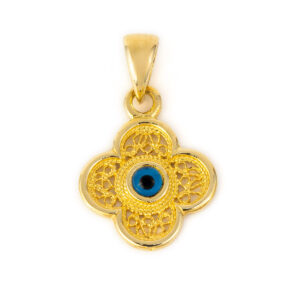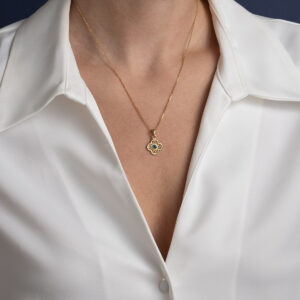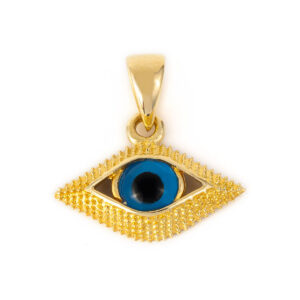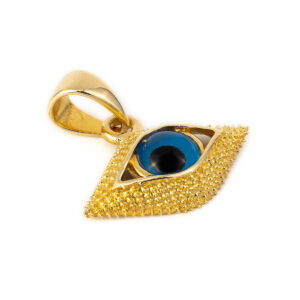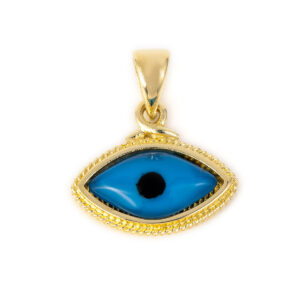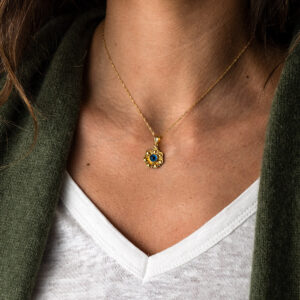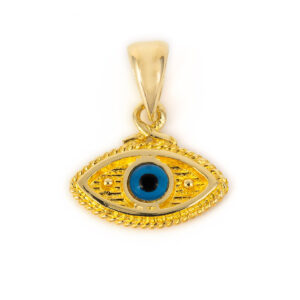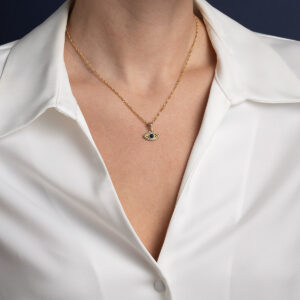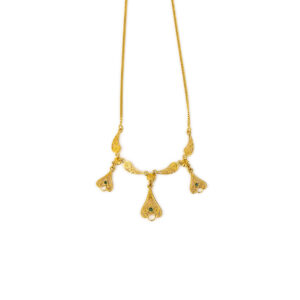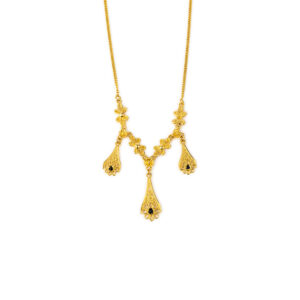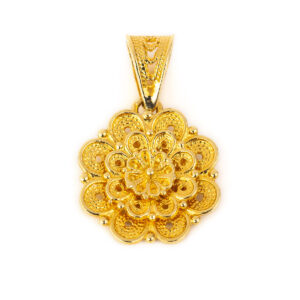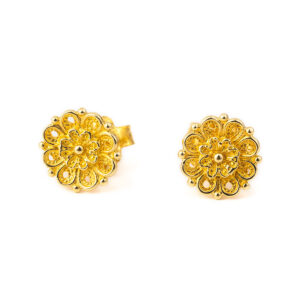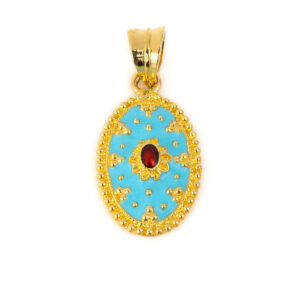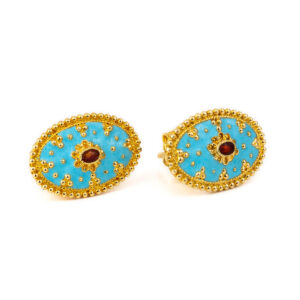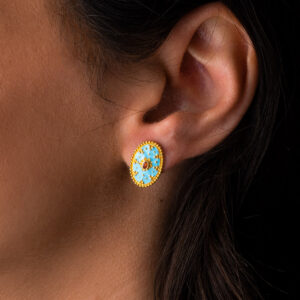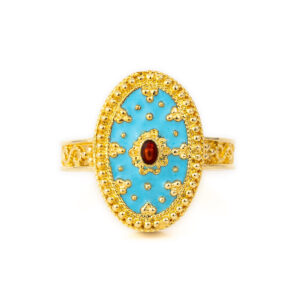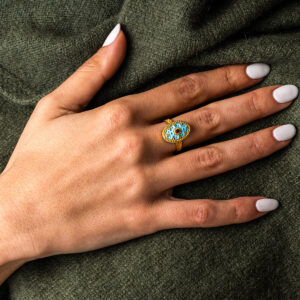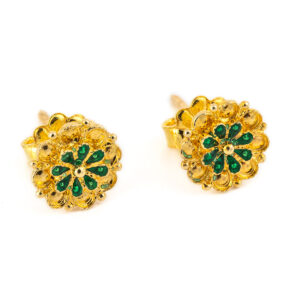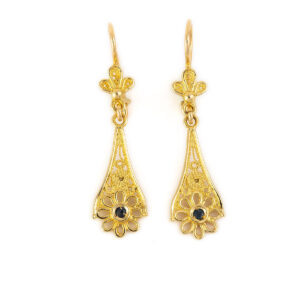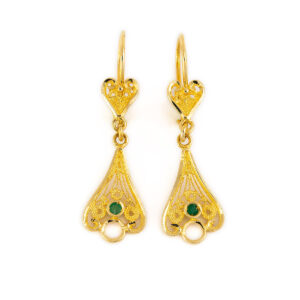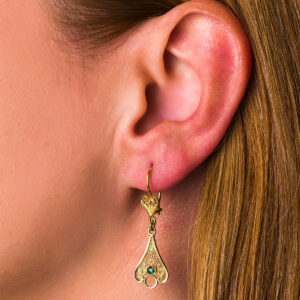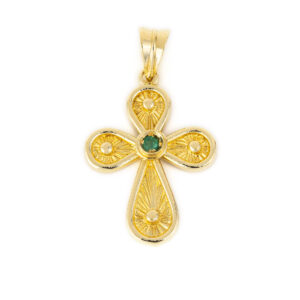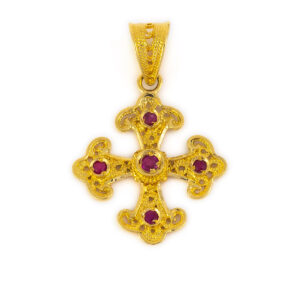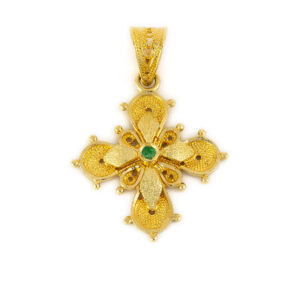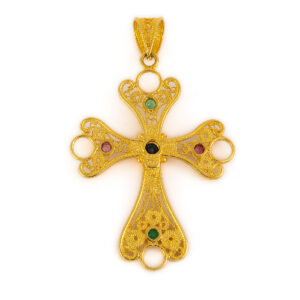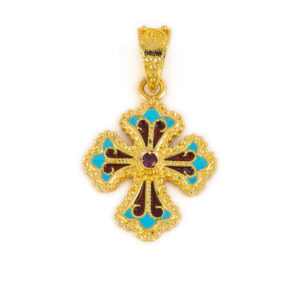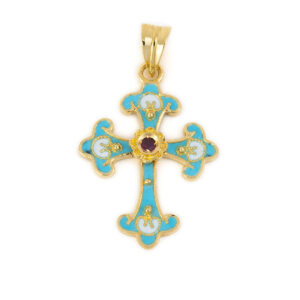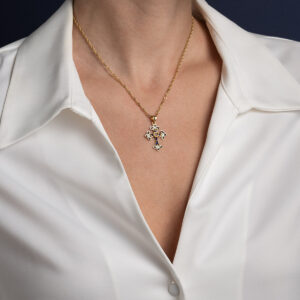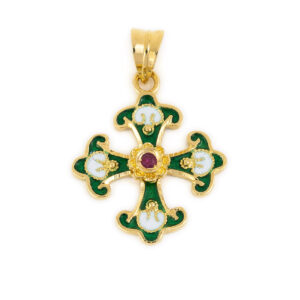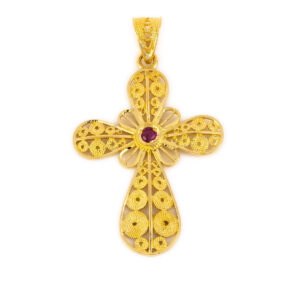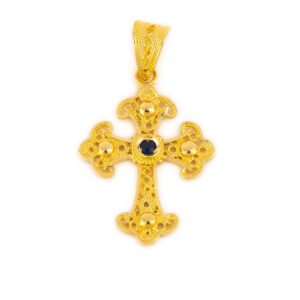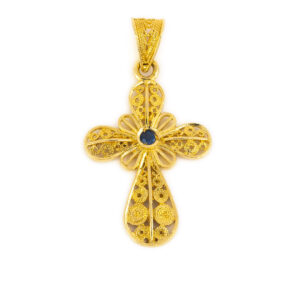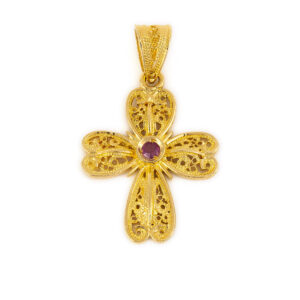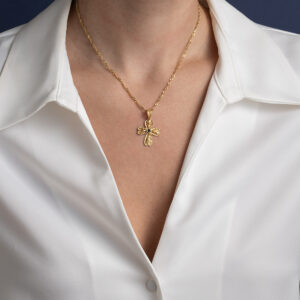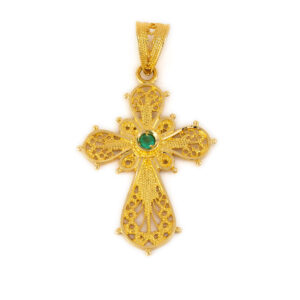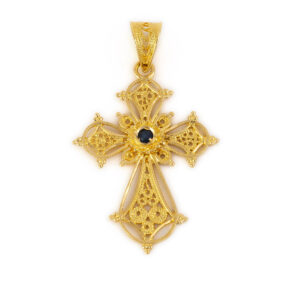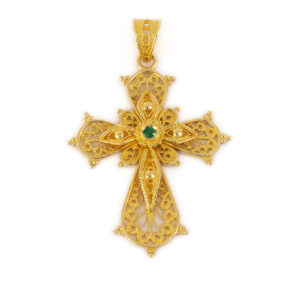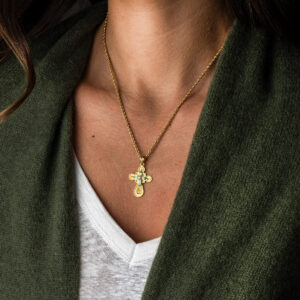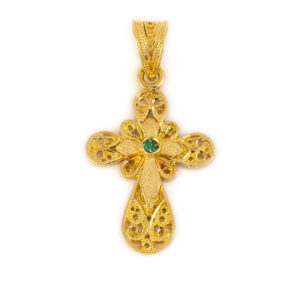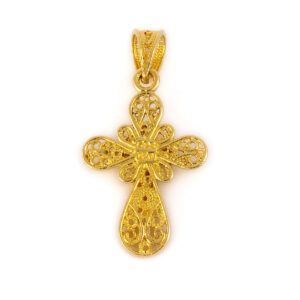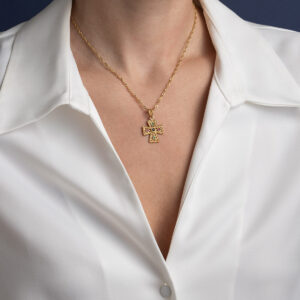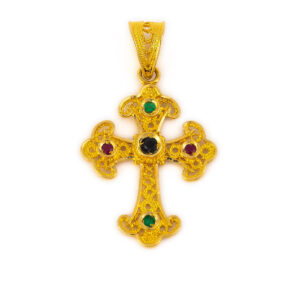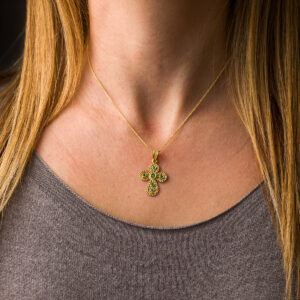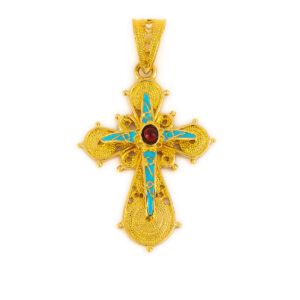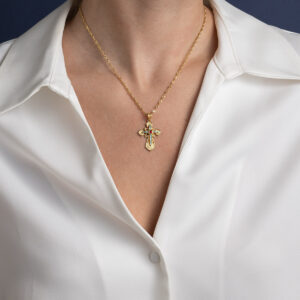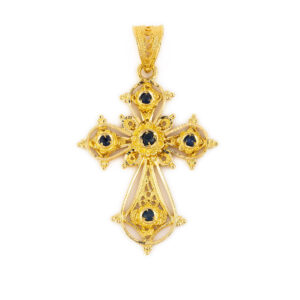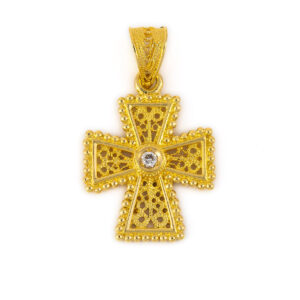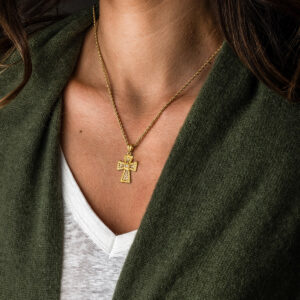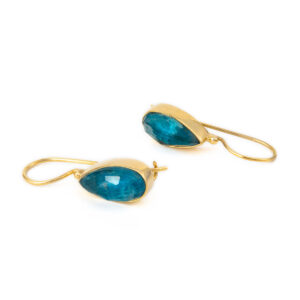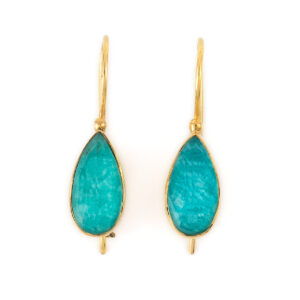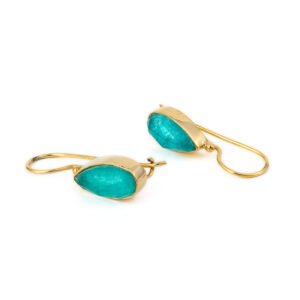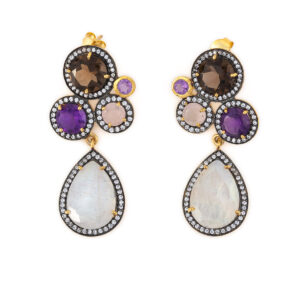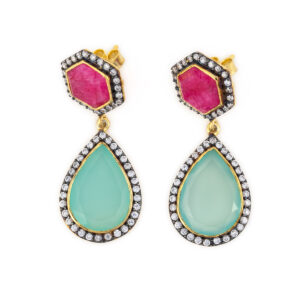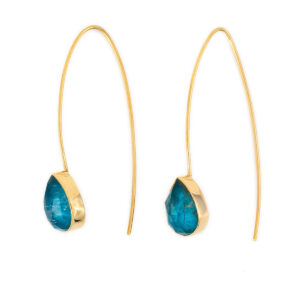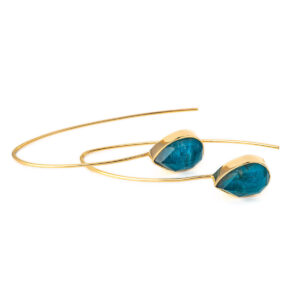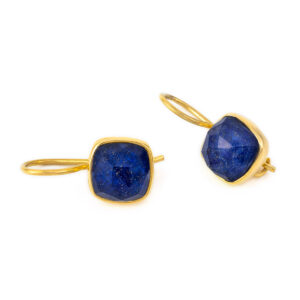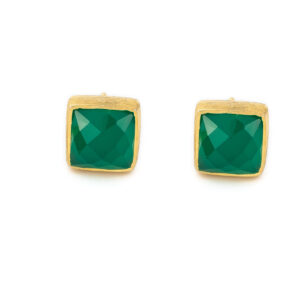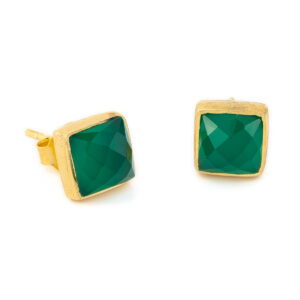“18K Gold Turquoise Enamel Earrings” has been added to your cart. View cart
Showing 1825–1872 of 2164 resultsSorted by latest
Sort by
Material
- leather (38)
- rose gold plated (11)
- 14k gold and sterling silver (9)
- 18k gold plating (36)
- Carbon polymide pa12 (5)
- stainless steel (2)
- sterling silver 925 (1665)
- sterling silver and gold plated (5)
- gold (515)
- enamel (116)
- gold plated (869)
Design
- Constantinato (22)
- parthenon (1)
- Amphora (3)
- Bouzouki (4)
- Donkey (1)
- Egg (39)
- Greek Temples (7)
- Hercules knot (3)
- Lion (5)
- Medusa (5)
- Minoan (26)
- Pegasus (5)
- Ram (12)
- Snake (21)
- Spartan (24)
- Tsarouchi (2)
- Vergina Sun (26)
- Wisdom Owl (17)
Coin
- Alexander the Great (3)
- Goddess Athena (3)
- Medusa (2)
- Pegasus (1)
Stone
- amazonite (37)
- amethyst (22)
- apatite (32)
- aqua chalcedony (8)
- aquamarine (33)
- black zirconia (1)
- bloodstone (1)
- blue topaz (37)
- chalcedony (10)
- chrysocolla (1)
- chrysoprase (2)
- coral (5)
- crystals (27)
- diamond (3)
- diopside (1)
- emerald (22)
- fildisi (39)
- garnet (17)
- geen onyx (1)
- glass engaving (3)
- green copper (7)
- green onyx (3)
- green turquoise (2)
- labradorite (3)
- lapis lazuli (58)
- larimar (6)
- lemon quartz (2)
- london blue topaz (14)
- malachite (7)
- moonstone (7)
- mother of pearl (24)
- multi stone (5)
- onyx (15)
- opal (174)
- pariba (15)
- pearl (82)
- peridot (32)
- purple copper (1)
- quartz (5)
- quartz crystal (1)
- rhodolite (5)
- rose quartz (3)
- rubinite (7)
- ruby (32)
- sapphire (27)
- sodalite (4)
- swarovski (12)
- tanzanite (4)
- tiger eye (2)
- topaz (3)
- tourmaline (41)
- turquoise (47)
- turquoise copper (3)
- zircon (287)
- aqua marine (4)
- blue & red (1)
- citrin (2)
- lava (1)
- london topaz (1)
- red & green (1)
- rhodochrosite (1)
- rodolite (2)
- rubellite (1)
- rubyzoesite (1)
- tourmalines (1)
- tsavorite (1)
Symbol
Color
- Grey & Black (1)
- multicolor (1)
- Black & Red (2)
- Black (15)
- Blue (52)
- Bordo (6)
- Brown (5)
- Gold (7)
- Green (15)
- Grey (1)
- Haki (1)
- Pink (1)
- Purple (4)
- Red (9)
- Red & Blue (1)
- Silver (5)
- Turquoise (35)
- White (26)
- Yellow (1)

